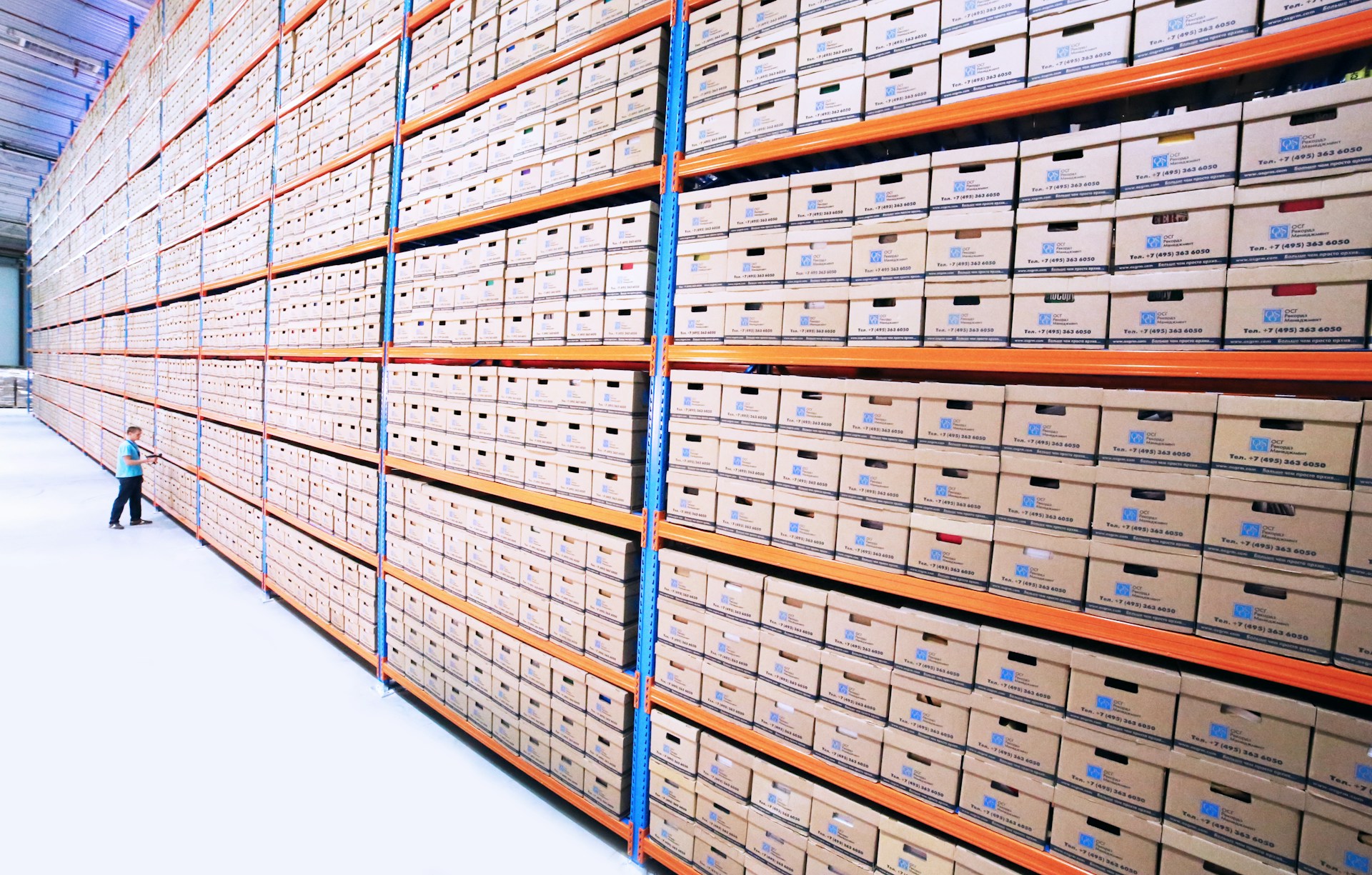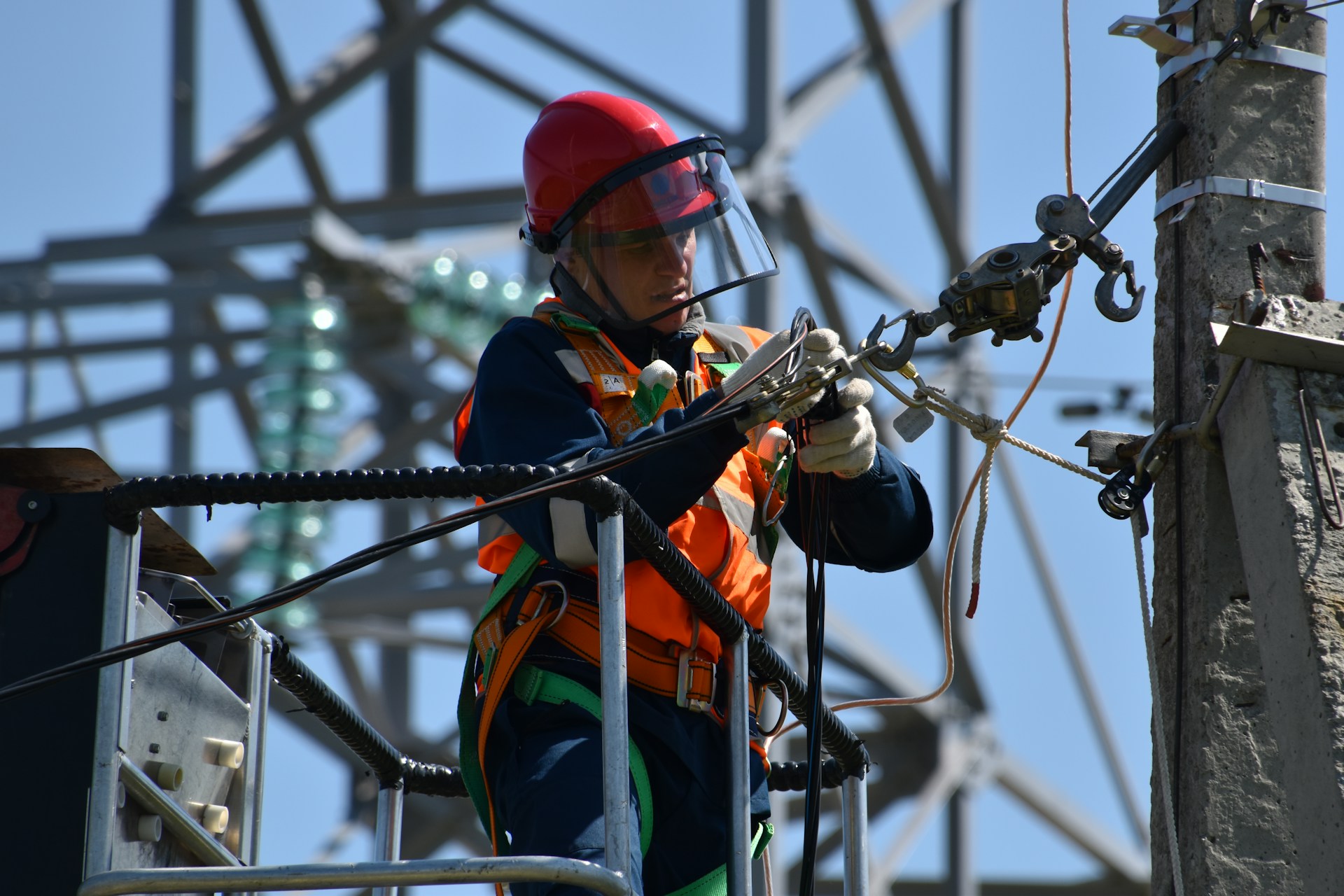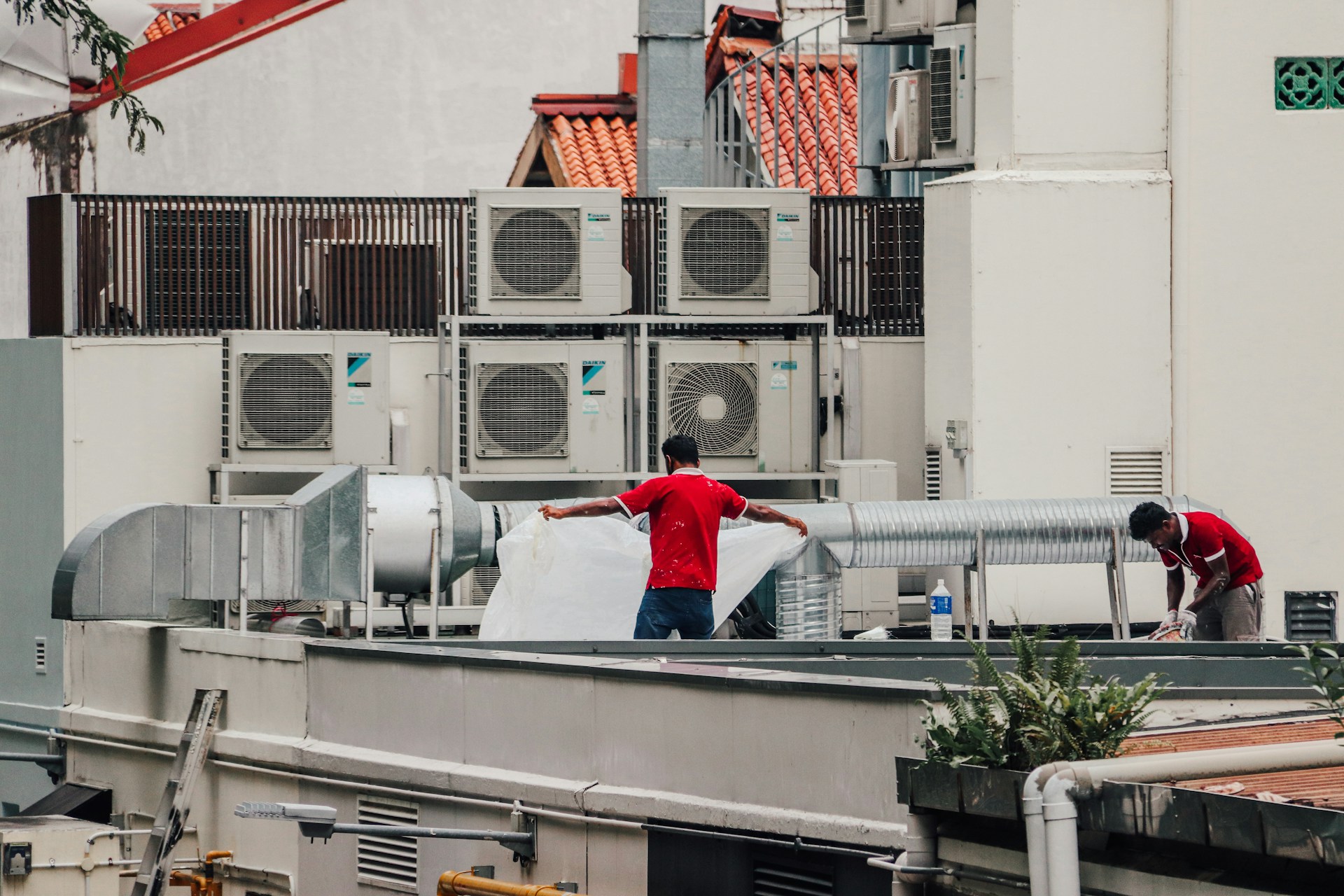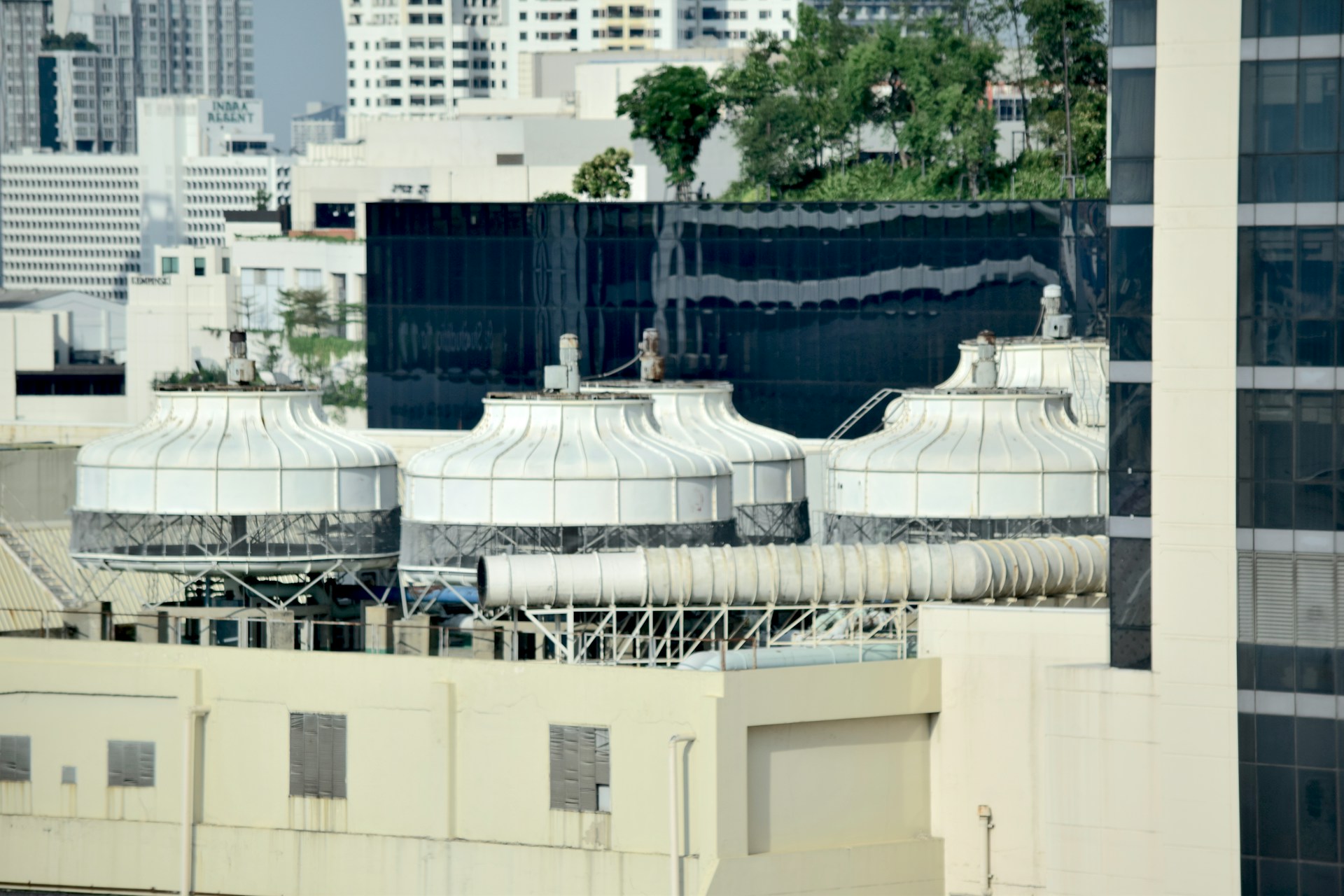
Flags have long been symbols of identity, unity, and pride. But as flag manufacturing continues to grow globally, it’s essential to recognize the environmental toll it takes—and what we can do to minimize it.
This blog explores the environmental challenges posed by traditional flag production and highlights eco-friendly alternatives shaping the next sustainable wave.
How Traditional Flag Manufacturing Affects the Environment
Energy-Intensive Processes
The manufacturing of flags involves processes such as weaving, dyeing, and printing, each requiring significant energy consumption.
Traditional factories often rely on fossil fuels, which contribute to greenhouse gas emissions. Without adopting alternative energy sources, the carbon footprint of flag production will only continue to climb.
Synthetic Materials and Their Impact
Most flags are made of synthetic fabrics like polyester or nylon, which offer durability and vibrant colors. However, these materials are petroleum-based, posing a significant environmental challenge.
From production to disposal, synthetic materials release harmful chemicals and microplastics into the ecosystem, polluting water bodies and harming wildlife.
Waste Management Challenges
Flag production often leads to textile waste, both during the manufacturing process and at the end of a flag’s life. Many of these discarded materials end up in landfills, where they take hundreds of years to decompose. These waste challenges call for a more eco-conscious approach in the industry.
The Rise of Sustainable Practices in Flag Manufacturing
Use of Renewable Energy
Many manufacturers are transitioning to renewable energy sources like solar and wind to reduce their energy footprint. This shift not only lowers production emissions but also inspires other industries to follow suit.
Biodegradable and Recycled Fabrics
Eco-friendly alternatives to synthetic fabrics are gaining traction. Some manufacturers now opt for biodegradable materials like organic cotton or recycled polyester. These materials maintain the durability flags require while significantly reducing harm to the environment.
Non-Toxic Dyes and Printing Methods
Traditional flag production often uses chemical-based inks that can seep into the soil and water. Today, advanced printing methods that utilize non-toxic, water-based dyes are increasingly being adopted. These options are safer both for human health and for environmental sustainability.
How to Choose Eco-Conscious Flags
Look for Certifications
When purchasing flags, prioritize manufacturers that carry sustainability certifications such as Global Organic Textile Standard (GOTS) or Fair Trade. These certifications ensure that products meet high environmental and ethical standards, from sourcing materials to production practices.
Support Local and Small-Scale Producers
Local flag manufacturers often produce smaller batches, which reduces the energy and resources consumed during large-scale production. Supporting small-scale producers also aids in lessening the transportation-related emissions caused by shipping internationally.
Opt for Reuse and Recycling
Rather than disposing of old flags, consider donating them to organizations that upcycle materials for new purposes. Recycling old flags can minimize waste while giving them a second life in creative and practical ways.
The Role of Technology in Making Flags Greener
Innovations in Fabric Composition
Advancements in textile technology have brought about new, eco-friendly materials for flag production. For instance, fabric blends incorporating bamboo or hemp fibers offer a sustainable alternative to traditional options.
AI and Waste Reduction
Artificial intelligence is being used by forward-thinking manufacturers to optimize production schedules and reduce material waste. This technology ensures that only what’s necessary is produced, lowering the environmental footprint of each flag.
Why Supporting Eco-Friendly Alternatives Matters
By prioritizing eco-conscious choices when purchasing or manufacturing flags, we collectively advocate for a healthier planet. Every step taken to reduce waste, use sustainable materials, and adopt clean energy practices has an amplifying effect, encouraging others to join the movement.
Taking the First Step Towards Sustainability
The environmental impact of flag manufacturing is undeniable, but so is the potential to turn the tide toward greener practices. By supporting manufacturers who invest in sustainable practices and encouraging innovations in the industry, we can significantly reduce the footprint of flag production.
If you’re curious to learn more or want to explore eco-friendly flag options, click here and join the conversation about making greener choices.

















































